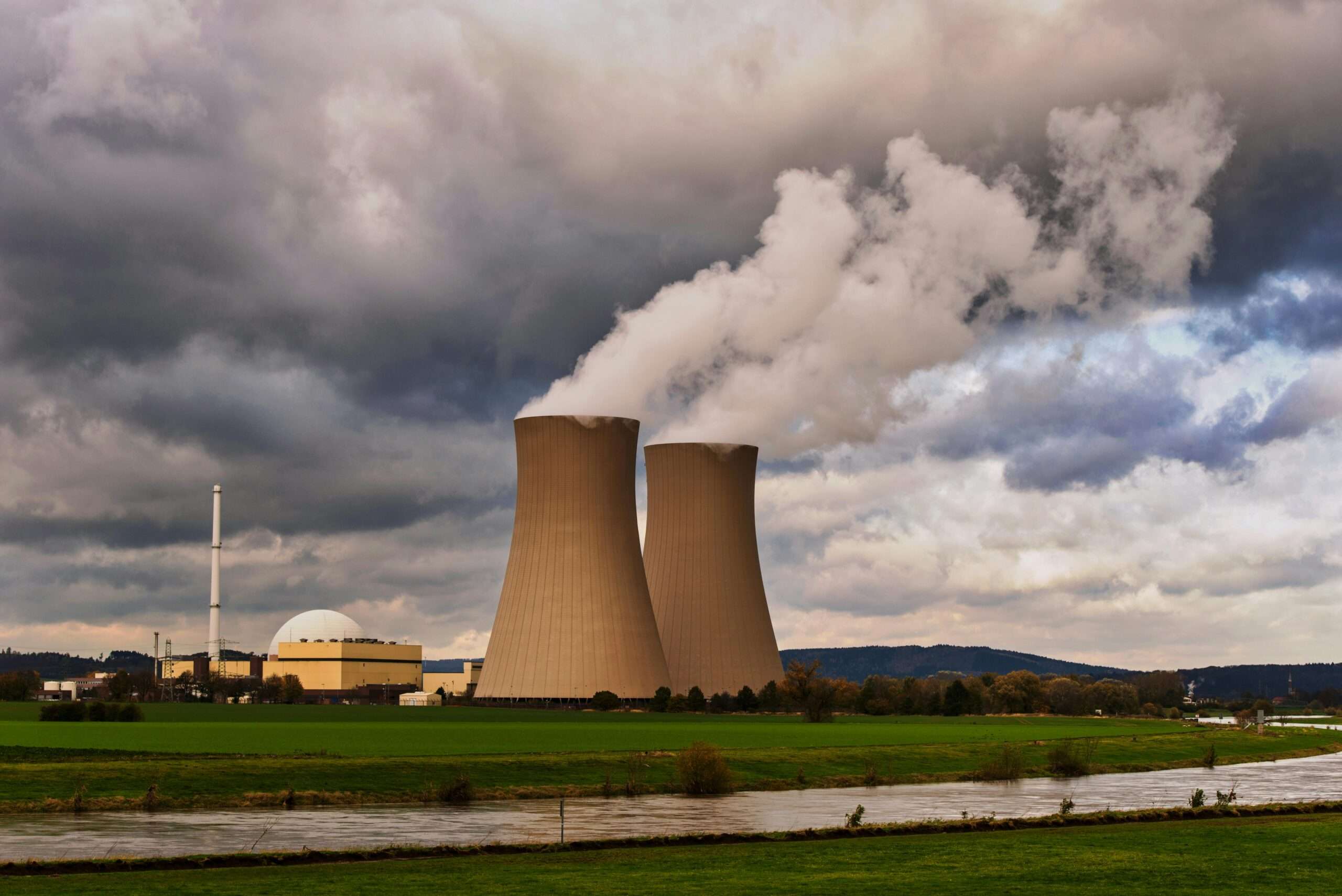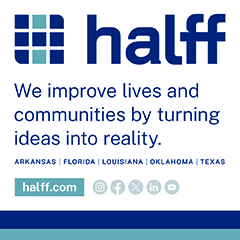States and local governments nationwide are harnessing public higher education institutions to advance nuclear and fusion energy projects. The trend, while young, is building across the nation with opportunities to enhance public-private collaboration and innovation and drive energy development.
Massachusetts is taking steps to strengthen its energy sector through a partnership with the University of Massachusetts Lowell (UML). Gov. Maura Healey and Lt. Gov. Kim Driscoll announced the effort on Oct. 2, outlining a series of Advanced Nuclear and Fusion Energy Roadmaps the partnership will produce.
The roadmaps will examine current regulatory measures and distinct attributes of advanced nuclear technology, building a foundation for future innovation and deployment. Officials say the roadmaps are intended to drive research and development while attracting top talent and investment to the state.
Massachusetts has a history of leading nuclear and fusion research. The state houses two of the 25 research reactors in the nation, one at UML and the other at Massachusetts Institute of Technology (MIT). Nuclear research in the state supports major industries including energy, defense, healthcare, biomedical applications and cancer research. Commonwealth Fusion Systems, a nuclear fusion company developing a commercially viable form of fusion energy, is also headquartered in the state.
Massachusetts is not alone in capitalizing on growing national interest in nuclear and fusion energy. Several other states have launched similar initiatives, partnering with industry leaders and academic institutions or supporting new reactor development. Recent examples include a microreactor project at the University of Illinois Urbana-Champaign and a modular nuclear reactor program at the Missouri University of Science and Technology (Missouri S&T).
Missouri is investing in nuclear technology through a $3 million initiative at Missouri S&T. Gov. Mike Kehoe approved the funding, which the Department of Natural Resources’ Division of Energy allocated to establish a small modular reactor science and development program. The program focuses on planning and developing integrated energy systems using small modular reactors designed to be cleaner and more resilient than traditional nuclear facilities.
The University of Illinois Urbana-Champaign, meanwhile, is pursuing an on-campus microreactor demonstration project through its Department of Nuclear, Plasma and Radiological Engineering. The university is applying for a Nuclear Regulatory Commission license to construct and operate a new research reactor on campus. The project involves a partnership with NANO Nuclear Energy Inc. to deploy a high-temperature gas reactor that uses TRISO fuel locked in ceramic matrices, with the core cooled by inert helium gas.
The microreactor will perform at-scale demonstrations in hydrogen production, desalination, microgrid distribution and other applications. Illinois has experience with on-campus nuclear research, having operated the TRIGA Mark II reactor in the heart of campus for 38 years. The university is considering several campus sites for the project and is actively engaging with community organizations and advocacy groups through monthly public outreach meetings. The project supports the university’s broader clean energy technology initiatives and is meant to advance workforce development and research in next-generation nuclear technology.
The nuclear and fusion trend extends beyond these individual state efforts. California signed legislation in October establishing a $5 million fusion research initiative that partners the California Energy Commission with the University of California system and four national laboratories. South Carolina announced a $10 million partnership in August between the University of South Carolina and The Nuclear Company focusing on gigawatt-scale reactor deployment, alongside a separate $66 million advanced manufacturing facility at USC Aiken developed with the Department of Energy. New Mexico landed a $1 billion fusion research and manufacturing campus in September through Pacific Fusion, partnering with the University of New Mexico for workforce development.
Other states are taking similar approaches with varying technology focuses. Tennessee is working with the Tennessee Valley Authority on plans to deploy 6,000 megawatts of small modular reactor capacity across the region, integrating workforce training programs at the University of Tennessee and Tennessee Tech. Utah allocated $10 million earlier this year for nuclear development efforts tied to the University of Utah’s nuclear engineering program and partnerships with Idaho National Laboratory.
Massachusetts, meanwhile, expects to release its nuclear energy roadmaps by early next year following a four-month development process. UML will engage stakeholders from across the UMass system, industry, government and communities to assess existing capabilities, identify gaps and define opportunities for the state to invest in. The roadmaps will outline steps to leverage the state’s innovation ecosystem and scale workforce development programs to support long-term industry growth.
The effort will coordinate with other New England states, which are working together with support from the National Governors Association to explore potential investment models for deploying advanced nuclear and fusion technologies.
Photo by Wolfgang Weiser from Pexels













